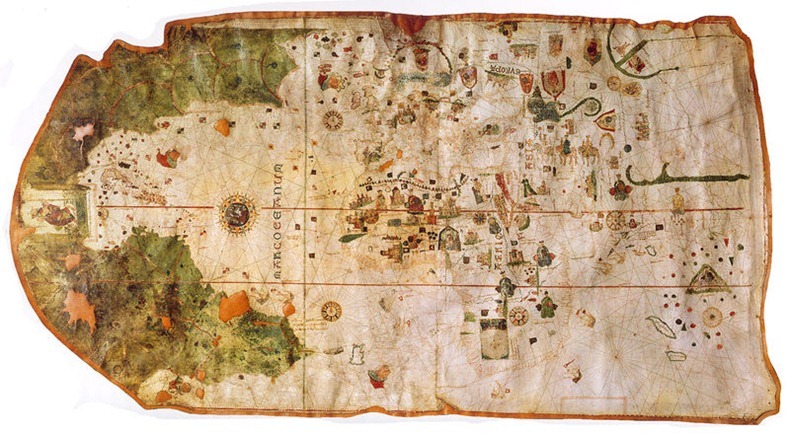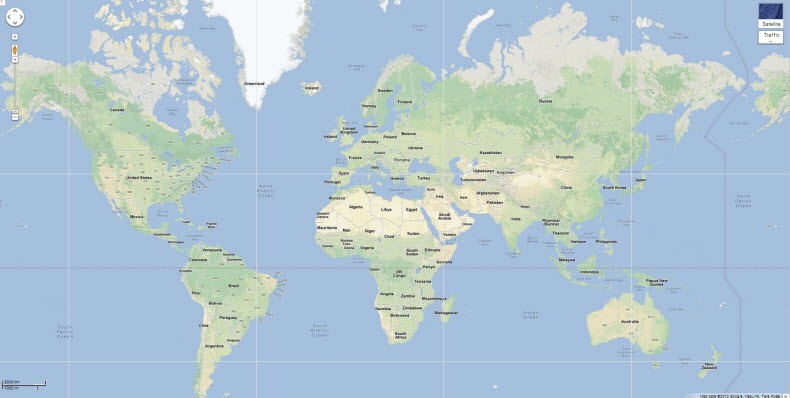Mapmaking has been an integral part of human history for thousands of years.
Early maps were a garbled mass of land that bear no resemblance to the actual world.
As the centuries passed, maps became larger, more detailed and more accurate.
It shows Babylon surrounded by a circular landmass showing several cities such as Assyria, Urartu and others.
The accompanying text mentions seven outer regions beyond the encircling ocean.
The Babylonian world map is believed to be symbolic, rather than a literal representation of the world.
It deliberately omits peoples such as the Persians and Egyptians, who were well known to the Babylonians.
This was all surrounded by the ocean.
Hecataeus described the countries and inhabitants of the known world, the account of Egypt being particularly comprehensive.
Eratosthenes created several maps of the world which featured the countries of Great Britain, India and Sri Lanka.
Posidonius also measured the Earth’s circumference by reference to the position of the star Canopus.
His measure of 240,000 stadia translates to 24,000 miles, close to the actual circumference of 24,901 miles.
He divided the earth into five zones, of which two only were habitable.
It remained the most accurate world map for the next three centuries.
m. of silk in 1389 for the first Ming emperor.
It is the first known European cartographic representation of the Americas.
The Cantino world map is the earliest surviving map showing Portuguese discoveries in the east and west.
The great richness and high grade of detail of the resulting map speak for themselves.
Diogo’s map delineates very precisely the coasts of Central and South America.
However, neither Australia nor Antarctica appear, and the Indian subcontinent is too small.
The map shows, for the first time, the real extension of the Pacific Ocean.
It also shows, for the first time, the North American coast as a continuous one.
The atlas continued to be in demand until approximately 1612.
The advance of cartography was furthered by the measurement of an arc on the earth’s surface.
Maps of North America and the Indian sub-continent began to be sketched.
Airplanes made it possible to photograph large areas at a time and perform more accurate mapping.
During the last few decades more sophisticated technologies came into existence.
Construction of a map is also possible in real time.
Sources:Wikipedia,Henry Davis,Rutgers University,Pacific Island Travel


















